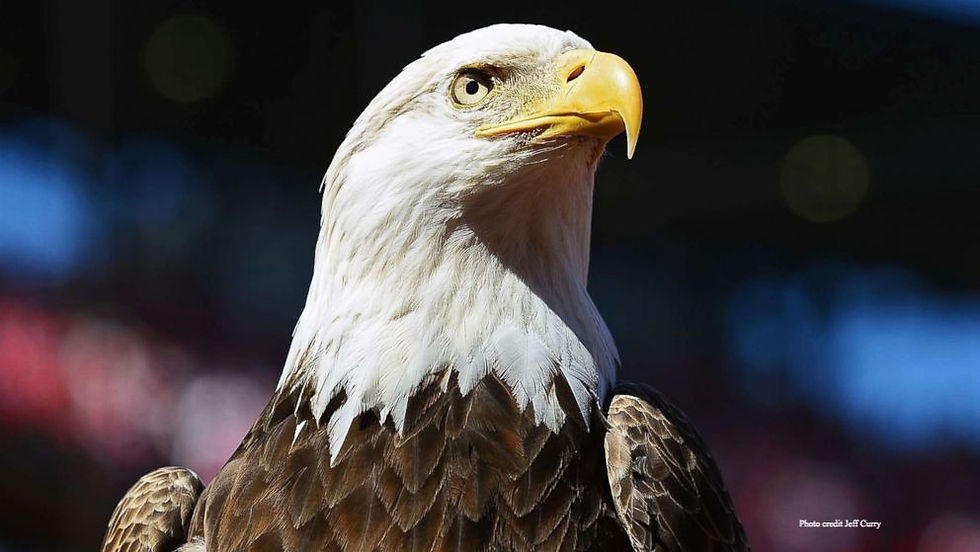CRITTER SPOTLIGHT: Broad-Winged Katydid: Microcentrum rhombifolium
- cynthiamorissette
- Feb 14, 2021
- 2 min read

Happy Valentine's Day Watershed Explorers! Also, happy start to February vacation. I hope that you will all get out and explore and have some exciting adventures this week. If you do anything nature/watershed related and you want to let me know about it, I would love to hear your stories. Please email me at cmorissette@narrabay.com
In honor of Valentine's Day, I chose to do this week's critter spotlight on a very cool creature that can be found PINK! It's the broad-winged katydid, otherwise known as Microcentrum rhombifolium. This tiny little critter, which resembles a grasshopper, is rather intriguing. I'll let you in on a little secret, I LOVE INSECTS! I didn't realize this until I was already an adult, but I have always wanted to get a second degree in entomology. Entomology is the study of insects! If you love insects too, think about studying entomology when you are in college.
Katydids, as well as many other critters, can have something called erythrism. This is a genetic mutation that allows either abnormal amounts of red pigment, or the absence of normal pigment, which makes a creature look different. In the katydid's case, erythrism makes them pink. Here is a picture of a katydid with regular pigment and a katydid with erythrism below. This picture is thanks to the Bug Chicks website. I am including the link so that you can check it out for yourself. There are some pretty neat stories and pictures there. https://thebugchicks.com/articles/education/pink-katydids

One of the best characteristics of a katydid is its amazing camouflage. Check out this katydid on a leaf. See if you can spot it! This insect's small size makes it very susceptible to predators like birds, amphibians, snakes, bats, and other insects. However, if it blends in with its food, it makes it very difficult to attack!

Katydids eat many different types of leaves. Sometimes they will also eat fruit and flowers. Katydids have a very short life. They only live for about a year. If they live in places such as Rhode Island, they will not live through winter. Typically the only life stage of the katydid that can survive the winter is eggs. Adult katydids are most active in summer and fall.
Katydids live in a variety of habitats, including grasslands, gardens, forest edges, meadows, and backyards. An interesting fact about katydids is that they get their name from the sound they make. It sounds like they are chirping ka-ty-did. Check out this cool clip from NPR that explains the difference between cicada, katydid, and grasshopper sounds.
I hope that you enjoyed learning about the katydid in this week's critter spotlight. As always, if you have a critter that you would like showcased, please email me at cmorissette@narrabay.com
Happy Exploring My Wonderful Scientists,
Mrs. Morissette






Comments